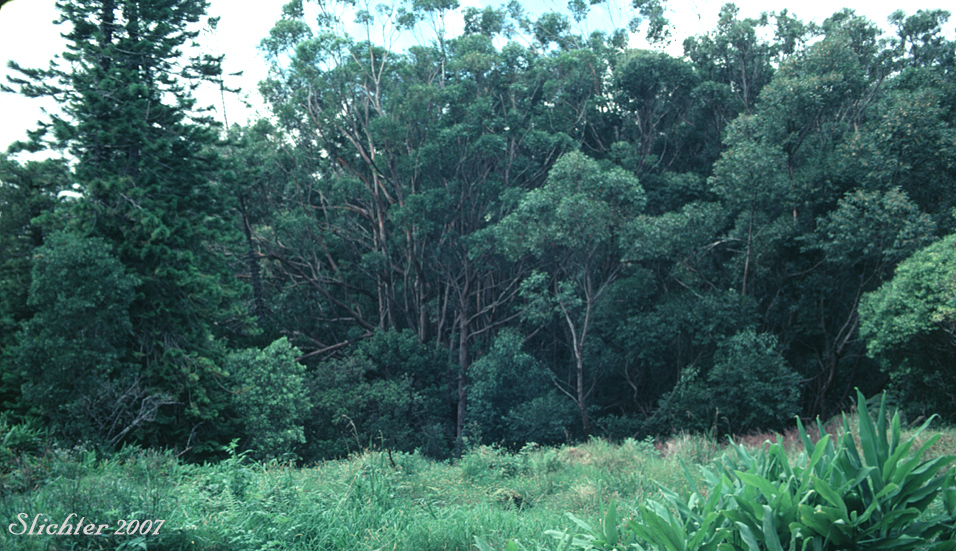

Tropical rainforests are typically found in regions near both sides of the equator. They consist of forests of tall (up to 80 meters) broadleaf evergreen trees as the dominant plants with several layers of short trees, vines and shrubs making up the understory. Due to the high level of saprotrophs in the soil, any organic matter that falls to the forest floor is quickly recycled to nutrients that are quickly reused by plant life.
Rainfall:
Average Monthly Rainfall Range: 60-300 mm
Many tropical rainforests are on the rainy side of mountain ranges and thus see high totals of rainfall during the year. Frequently, most of the rain falls during a rainy season while there may be several months each year with little or less rainfall.
Temperature:
Average Monthly Temperature Range: 25-35 C.
Temperatures tend to remain fairly warm and stable throughout the year.
Threats to the Tropical Rainforest:
1) Cutting and clearing of tropical rainforests for use as farmland.
2) Clear-cutting of the rainforest trees for use as wood (often for furniture) or firewood and charcoal.

[Tropical Rainforest] [Temperate Deciduous Forest] [Temperate Grasslands] [Chaparral/Shrublands] [Desert] [Tundra]